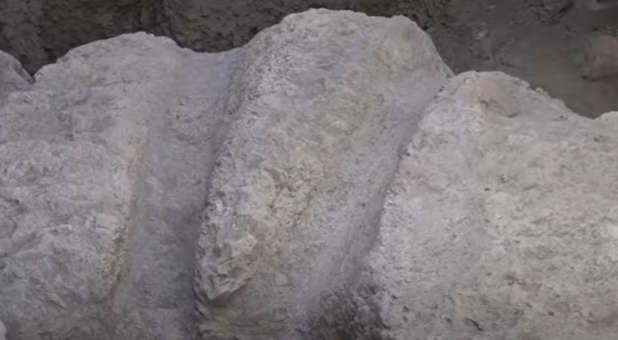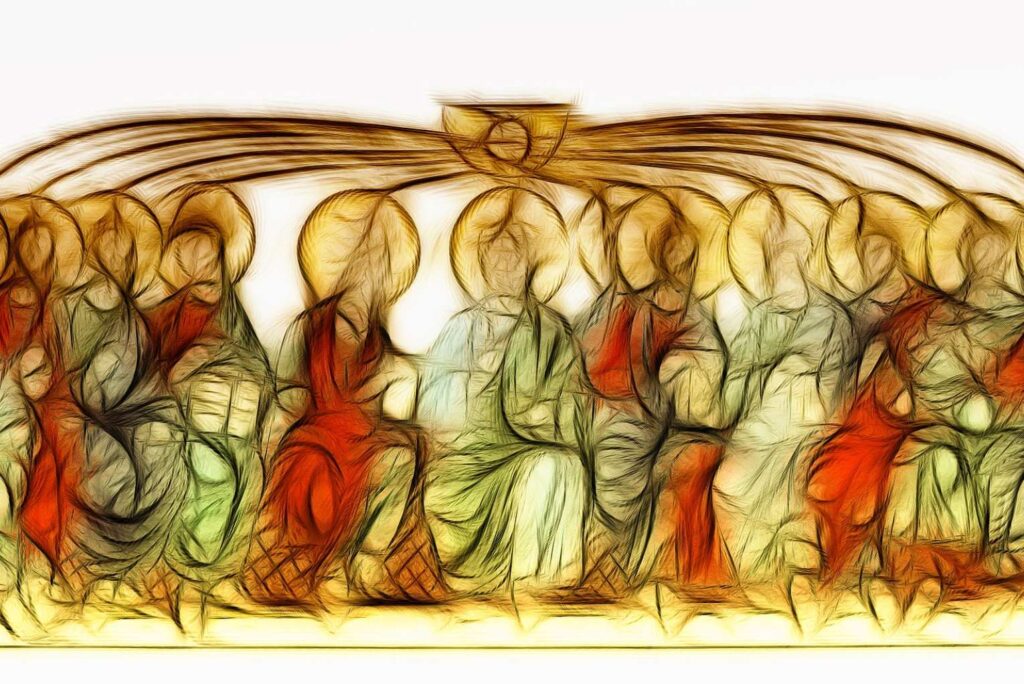In the heart of Jerusalem, where history’s layers are stacked like pages in an ancient manuscript, archaeologists have unearthed a riddle that has stumped experts around the world. Two enigmatic structures, shrouded in the mysteries of time, have been discovered in the City of David National Park.
These structures, believed to be nearly 2,800 years old, have left archaeologists scratching their heads, as their purpose remains elusive.
The Israel Antiquities Authority (IAA) announced this astonishing discovery, revealing that these ancient enigmas represent the first of their kind ever found in Israel. Dating back to the era when the First Temple stood, these structures bear a central location near the historical site of the temple and the royal palace.
The placement hints at a strong connection to the economic activities of these influential institutions and raises questions about their true purpose.
Excavations conducted by the IAA and Tel Aviv University in the City of David National Park revealed two installations, located just over 30 feet apart. It is still uncertain whether these were separate entities or components of a larger, interconnected structure.
Yuval Gadot of Tel Aviv University expressed the growing sense of intrigue upon further excavation.
“The mystery only grew deeper when we found the second installation to the south,” Gadot said in a statement.
Yiftah Shalev, a senior researcher at the IAA, emphasized the uniqueness of the structures, explaining that they defied categorization due to their unprecedented nature in Israel. Their age remained a puzzle, and attempts to decipher their purpose yielded no immediate answers.
“We looked at the installation and realized that we had stumbled on something unique, but since we had never seen a structure like this in Israel, we didn’t know how to interpret it,” Shalev said in a statement. “Even its date was unclear.”
An initial theory was that these ducts, in two groups about 30 feet apart, were perhaps used for blood flow related to ritual sacrifice. However, a forensic analysis revealed that no traces of ancient blood were present in these tubes.
Experts added that the ducts didn’t flow in any one direction or deposit into an apparent basin, suggesting they were also not used for sewage or rainfall.
To unravel this mystery, experts delved deep into the installations, employing forensic techniques to unearth any hidden clues. Yet, their efforts proved fruitless, leaving behind an aura of mystique. While both channels exhibited some design disparities, the IAA highlighted the underlying similarity between them.
These ancient installations ceased operation around the end of the 9th century B.C., coinciding with the reigns of biblical Judean kings Joash and Amaziah. It is speculated that they might have been constructed several decades earlier.
One theory suggests that the northern installation might have been used for soaking a particular product rather than draining liquids. It’s possible that flax, essential for linen production, was soaked here for extended periods to soften it. Alternatively, these channels could have held dates left out to bask in the sun, producing silan, a form of date honey.
Archaeologists plan to extract additional soil samples from these structures, hoping to uncover hidden evidence that might finally shed light on the nature of the mysterious product that once flowed through these ancient channels.
Join Charisma Magazine Online to follow everything the Holy Spirit is doing around the world!
Shawn A. Akers is the online editor at Charisma Media.





